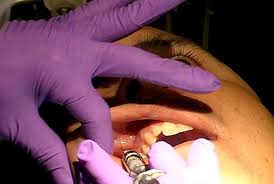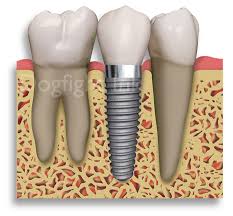With double masked, randomized controlled crossover study, researcher concludes that use of a unique mucoadhesive patch, affixed to the hard palate inside the mouth, provides statistically significant and sustainable improvements in salivary flow rates and subjective moistness for dry mouth sufferers.
And it showed that these patches provided better performance for dry mouth sufferers than a leading over-the-counter dry mouth spray.
The patches on this study are available to consumers under the brand name OraMoist. It is about one centimeter in diameter, and it can adhere to any oral mucosal surface, such as the roof of the mouth or inside the cheek. The study confirmed can yield a "statistically significant improvement in baseline subjective and objective measures of dry mouth for up to 60 minutes and maybe longer after application."
The researcher also found that after two weeks of daily use, participants experienced a statistically significant improvement in baseline subjective and objective measures of salivary flow.
"One of the results was that after two weeks of use of the patch, the amount of saliva in the mouth had increased even during times when there was no patch in the mouth," says the study's lead author A. Ross Kerr, DDS, MSD, clinical associate professor at New York University College of Dentistry. "In other words, the patch would seem to have a cumulative beneficial effect," add Kerr.
Chronic xerostomia or dry mouth is an under-diagnosed condition that can have a bad effect on oral health. This condition was contributing to tooth decay, gum disease and chronic bad breath. It can be a symptom of other medical conditions, such as diabetes or Sjogren's Syndrome, and is also the result of radiation treatment for head and neck cancer, but it is most often a side effect of many prescription and over-the-counter medications taken daily.
Medical News Today: New Approach For Treating Dry Mouth Presented In JADA-Published Study





 New Methode To Treat Dry Mouth
New Methode To Treat Dry Mouth












![Reblog this post [with Zemanta]](http://img.zemanta.com/reblog_e.png?x-id=d6dd382a-bcaa-411a-8981-6a7d3a1ff677)













![Reblog this post [with Zemanta]](http://img.zemanta.com/reblog_e.png?x-id=e7a17a54-636c-4c65-a73b-f1ba344d8f71)


